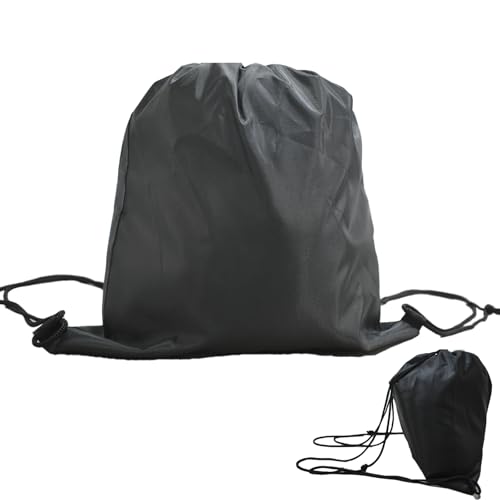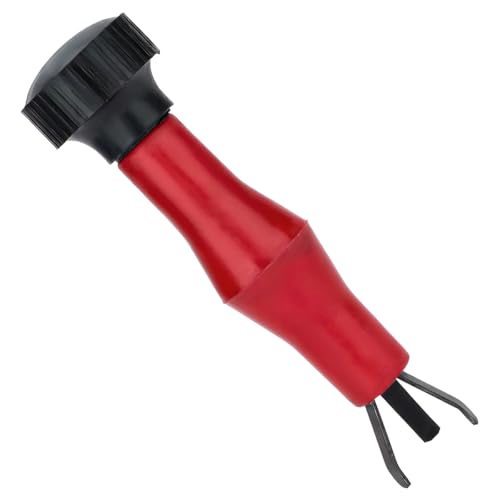The best thing to do is to buy a gallon of coolant and a gallon of distilled water. Pour half of the coolant into a clean gallon jug of some sort, fill each of the jugs up with distilled water and now you have two gallons of 50/50. Mark the jugs as such and use. Much better to premix before installing instead of trying to pour straight coolant into the system and then guess how much water to add. Mark the jugs 50/50 so you don't forget, BTW.
That is basically why I do NOT recommend ever flushing a system with fresh water as you can never get all the water out and then you have to guess how much coolant to add. Just drain and refill with fresh 50/50. That little bit of old coolant in the system will not hurt a thing since the EG never wears out and you replenished the corrosion inhibitors in the majority of the coolant.
Always use distilled water for maximum protection in the system. Tap water contains minerals that can plate out and contaminate the system and, at best, use of part of the corrosion inhibitor package right from the start. At worst the hard water deposits can cause lime and scale in the system but that would be a very worst case. Distilled water is cheap and easy to find in the super market.
Changing from green silicated coolant to DexCool does NOT render the system unprotected from corrosion for several thousand miles. Nonsense. Silicates plate onto the surface of the cooling system. As they would dissolve or dissipate from the surface during use with DexCool the surface would still be protected by the silicates. As "fresh" aluminum or iron comes to the surface as the silicate dissappears the DexCool OAT corrosion inhibitor would immediately work on the raw metal. There is absolutely no loss in corrosion protection switching to DexCool.
DexCool is an EXCELLENT product and I endorse it highly. Understand, though, that it is not a magic coolant and it does not "cool" better or provide any "better" corrosion protection than conventional green silicated coolants. Both at 99.9% ethyleneglycol anyway so the only difference is the silicates vs. OAT corrosion. Both are quivalent for corrosion protection, just the OAT lasts virutally forever and the silicated coolants need replacing frequently. IF you are changing the coolant yearly or every 2 or even 3 years (24Kto35K miles on a car and 15Kto20K on an aluminum bike engine) then the DexCool really offers no advantage. It will work fine and is an excellent choice. It just won't work any better than conventional coolant. If you are pushing the useful life of a silicated coolant before it will be changed then the DexCool is an excellent choice for extending the service life. Just remember that once the engine was run on silicated coolant the long life feature of the DexCool is severely limited.
Exposure to air does NOT cause the brown sludge associated with problem cases with DexCool. There are millions and millions of vehicles on the road with DexCool and air in the systems and they do NOT develop brown sludge. The brown sludge comes from an engine with iron parts (block or heads) that IS RUN LOW ON COOLANT. The brown sludge is rust from the iron parts that are seeing dry conditions (due to low coolant) and then the rust is washed off by the DexCool surging or splashing onto the rusty surfaces inside the engine. The coolant isn't oxidizing or developing the sludge on its own. It is from rust from a system running very very low on coolant and the "air" is not reacting with the coolant it is reacting with the iron in the system that is dry due to low coolant levels. The myth of the coolant reacting with air is being hyped by someone who does not know what they are talking about that is attempting to develop an "explaination" for something they do not understand. Period.
Texaco/Havoline coolant continues to be one of the best coolants on the market. Obviously ethyleneglycol is ethyleneglycol no matter who makes it but Texaco develops their own corrosion inhibitor packages and developed the original DexCool (in conjunction wtih GM) so they know what they are doing. Their quality control is also excellent as they are a major supplier of coolants to the OEM's which requires constant survelience of their quality control. I go out of my way to find Texaco coolant whether it is DexCool or the conventional green silicated stuff.
There is pretty little risk in using DexCool in most any modern cooling system but I am always a little hesitant to recommend it personallly in something like the FJR that was not factory filled with DexCool just because I have never seen it tested and have no idea of the specific aluminum alloys in the heat exchanger or other fittings. There is a slight chance that there could be an incompatibility but not likely in all honesty in my opinion. The fact that Warchilds bike runs on DexCool is a positive indicator that nothing terribly bad is happening I guess but not proof. Things like that require a material analysis first and multible tests including some dyno testing at extreme coolant temps to prove the compatibility. Running down the road, even fast in a hot environment, does not tax the cooling system that hard. You need to run full power for 24 hours with the coolant near the boiling point (up around 265 degrees F with 50/50 and 15 PSI) to start to tax the material compatiblity of the head and heat exchanger materials with DexCool for an accelerated test. This is one of the reasons Ford never used DexCool as their systems were not compatible from a material standpoint back in the early 90's when DexCool validation was taking place. I would never recommend DexCool in a system with a brass/copper/soldered heat exchanger. Some will work but many will not.
I think I mentioned this before....but......NEVER trust those little floating ball hygrometers to tell you your coolant concentration. They lie and are very unrepeatable. Try mixing some known 50/50 and then "check" with the cheapo meters. Check 10 times in a row and see how consistent it is. They are notorious for small bubbles sticking to the balls and floats and causing erroneous readings. Always use a refractometer to measure the coolant concentration if you do not know what it is from premixing. I use one of these
https://www.harborfreight.com/cpi/ctaf/disp...temnumber=90716 and found it to be very accurate (against a known, much more expensive refractometer) and simple to use and it is quite small which makes it even more handy.































































